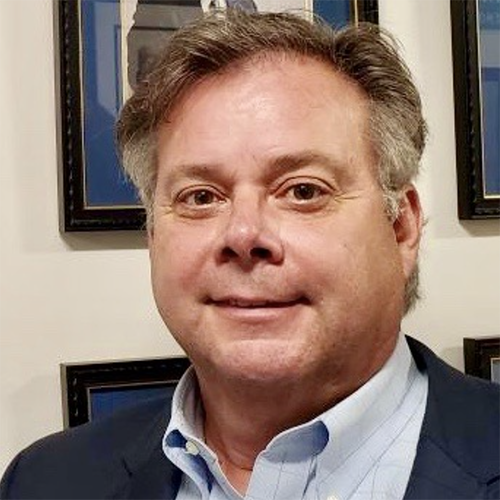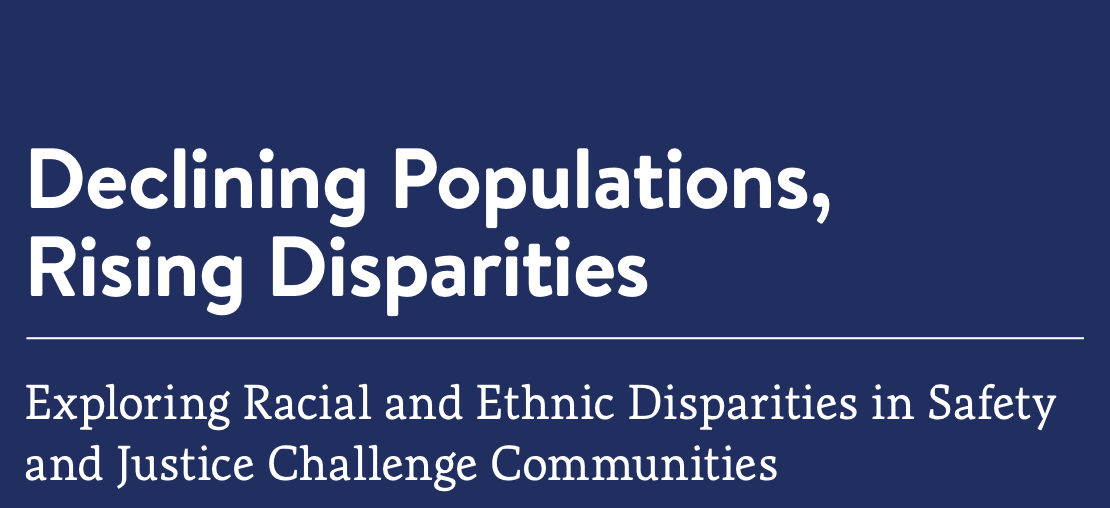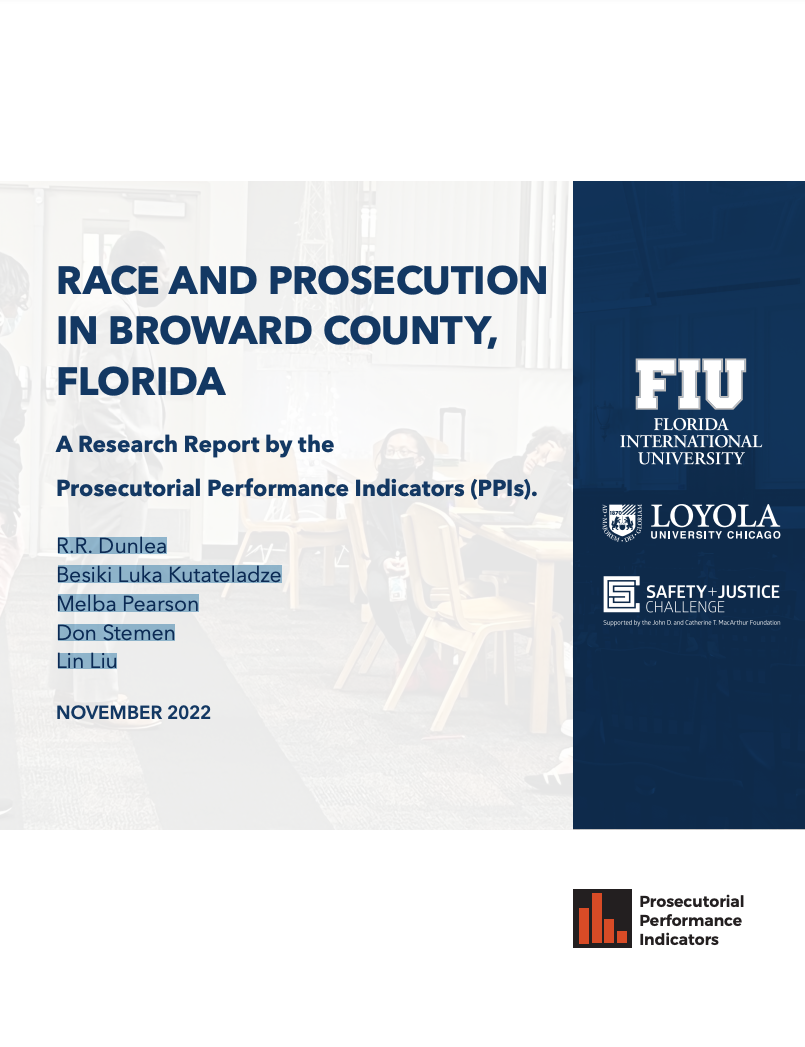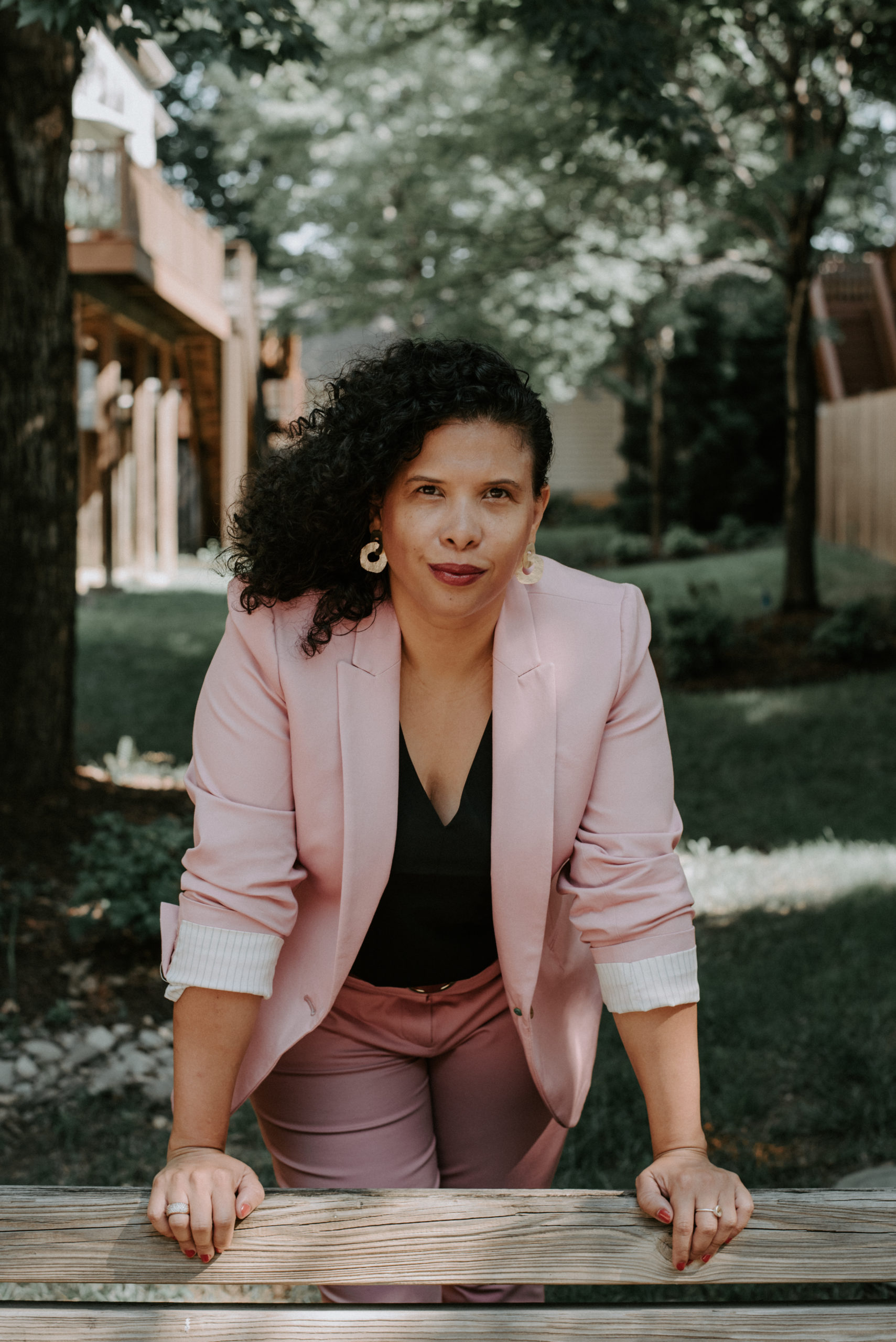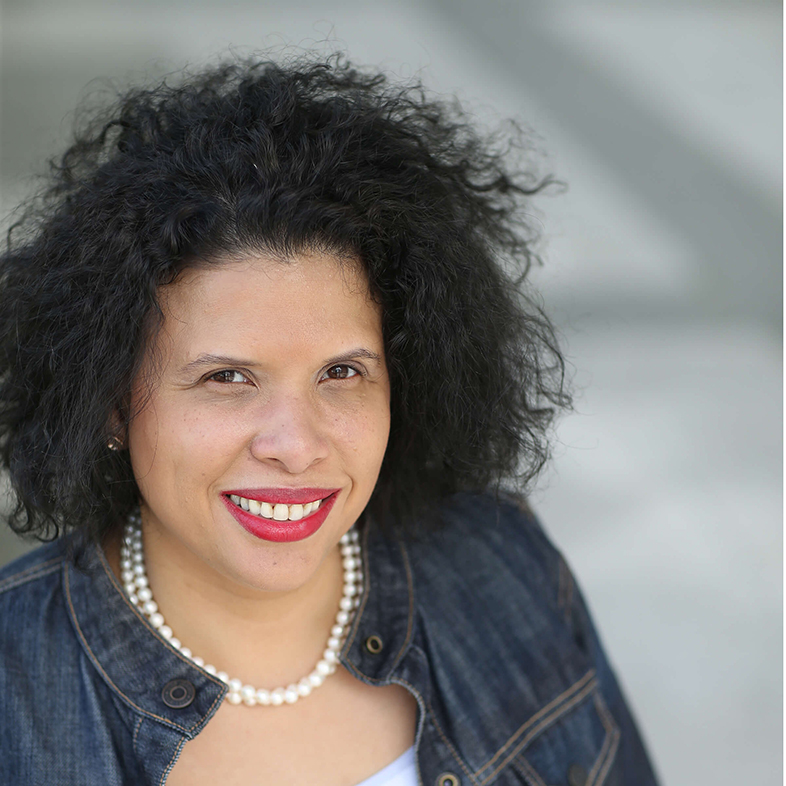Community Engagement Racial Disparities November 21, 2022
November is Native American Heritage month. It gives a platform for Native people in the United States of America to share our culture, traditions, music, crafts, dance, and ways and concepts of life. It’s also an appropriate time to highlight the overrepresentation of Indigenous people in jails across the country while actively pursuing solutions. Some estimates suggest that Indigenous people are jailed at twice the rate of White people in the U.S. In the past, people in communities participating in the MacArthur Foundation’s Safety and Justice Challenge (SJC) have spoken about how to address the disparity.
This blog is about a recent trip I took to Pima County, Arizona, from Minnehaha County in South Dakota to see how Pima County’s SJC initiative is working with the community to reduce incarceration and improve health outcomes.
I’m Executive Director of South Dakota Urban Indian Health (SDUIH), which recently joined Minnehaha County’s SJC team in 2021. We provide support for our Native American relatives impacted by the justice system. SDUIH is one of 41 Urban Indian Health Programs that operate under a Title V contract with the Indian Health Service to provide medical, behavioral health, and cultural health services to Natives living in urban settings throughout the country. We are also a 501c3 non-profit and able to pursue initiatives, grants, and programs specific to the communities we operate within, such as joining Minnehaha County’s SJC work. South Dakota is home to nine tribal nations, which make up part of the larger Oceti Sakowin (Seven Council Fires).
Through my work with SJC, I am also part of the Wičhóyaŋke Network (WN), a convening of Indigenous leaders from both community and criminal justice systems. WN’s mission is to identify Indigenous community-led solutions and strategies that have successfully helped in lowering or eliminating racial disparities in community criminal justice systems related to the incarceration of Indigenous people, with the ultimate goal of disseminating that information for Indigenous communities nationwide to assist in Indigenous-led efforts to eliminate racial disparities.
Last week, I visited Tucson, AZ to see how Pima County’s SJC is working with the community to reduce incarceration and improve health outcomes. I was also able to visit and meet with leaders at the Tucson Indian Center during the same week, giving me the ability to see SJC work from both the systems perspective and from the perspective of the Native community in Pima County.
Tucson has two major tribal nations nearby, the Tohono O’odham and Pascua Yaqui. I visited both communities and met with tribal members to discuss the justice system. I visited the San Xavier Mission Market where local tribal food vendors set up and, of course, sampled some southwest style frybread (yum!) and browsed the jewelry vendors nearby. Both tribal communities have an abundance of programs and services available to Native relatives in the Tucson area.
During my visit, I saw an obvious desire for both the criminal justice systems players and community members to decrease jail populations and improve substance use and mental health services for Native people in their community. However, I also observed that the two groups seemed disconnected in their approaches toward their shared goals. This isn’t unique to Pima County, and it was somewhat comforting to know this problem exists beyond Minnehaha County. The criminal justice system folks were unaware of the existing programs and work within Native communities, and the Native community leaders had several questions about SJC programming. This prompted thoughts examining the root cause behind the prevalence of this problem for so many communities.
People representing and working within the courts, police departments, etc. often don’t understand why Native people aren’t represented in conversations identifying solutions for the Native community. The difficult truth is that the spaces where these conversations are taking place weren’t made for us, and often our thoughts and concerns are dismissed or met with hostility when we try to contribute.
We had a discussion within Wičhóyaŋke Network about the things we’ve all had to give up to be part of this work, and why it’s so hard to continue working with our criminal justice system counterparts. As Native leaders, we have to set aside or ignore so many pieces of ourselves to have a seat at the table of this work: the tears that come to my eyes in these meetings when I think of the hurt caused by these systems and feeling like a traitor; the endless questions I ask myself wondering whether I’m part of the problem because I’m sitting in these rooms. It’s hard to be the only one in these meetings asking, “How does this impact the Native community?” or “What does the data show for the Native community?” And while it is exhausting, I realize that if I’m not there, those questions won’t get asked—no one else will make uncomfortable statements about how we’re failing our Native relatives.
At the recent SJC convening in Atlanta, I was able to discuss these same things with relatives from San Francisco. I was comforted by the realization that many working on this project face these same feelings and have had to make these same concessions to improve the systems that have torn our communities apart. As Native people, it’s often easy to ignore the invitation or stay silent during the meetings because we don’t know where our voices fit. It’s often the safest thing to do but without our notable presence and hard questions, this work won’t lead to the change we need so our relatives can heal.
The visit to Pima County was incredibly meaningful and gave me insight into how to move forward with the Wičhóyaŋke Network, as well as a clearer vision for SDUIH’s place in Minnehaha County’s SJC work. Wopida tanka (many thanks)!


